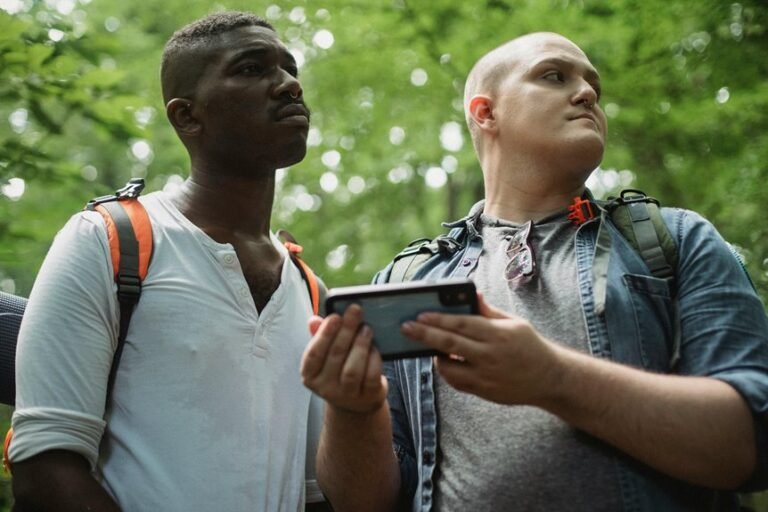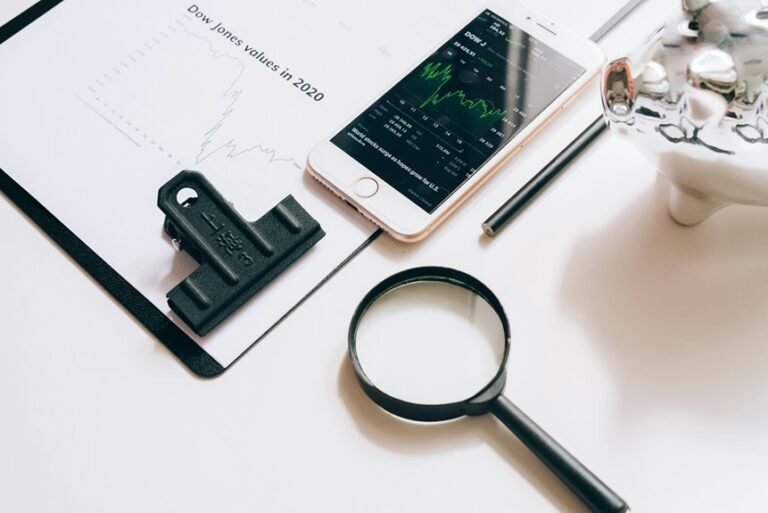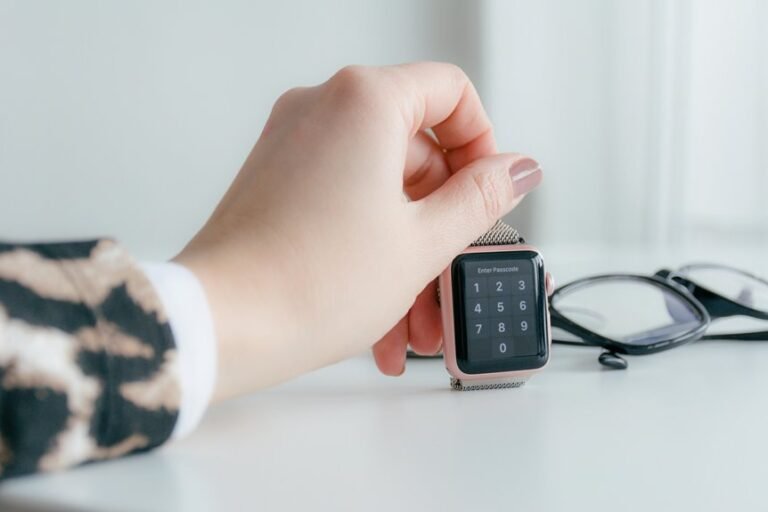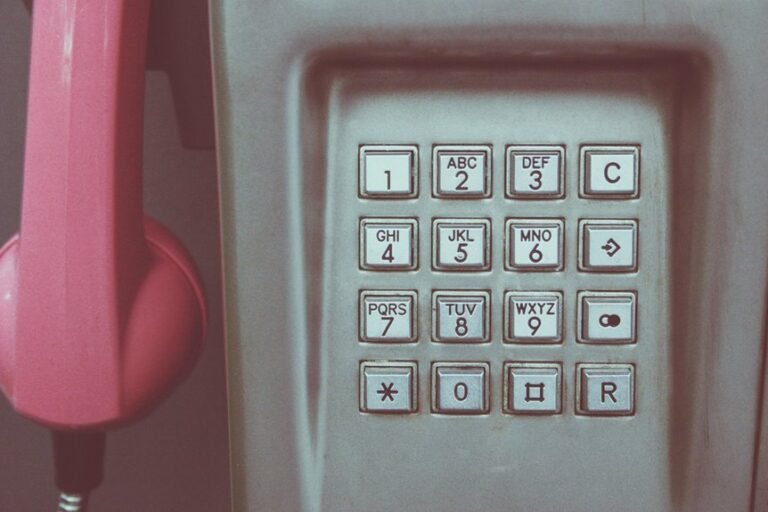Who Called Me? Numbers 3473334475, 4052121439, 8339901915, 8144203109, 7048991392, 9522228013
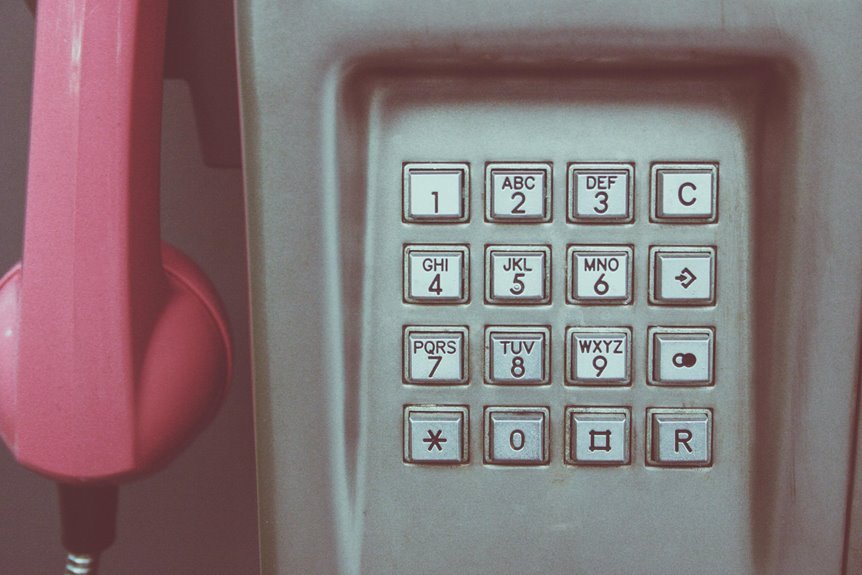
The recent surge in unsolicited calls from numbers such as 3473334475 and 4052121439 raises significant concerns about potential scams. Recipients report various tactics employed by these callers, often aimed at extracting personal information or promoting questionable offers. Understanding the implications of these calls and identifying their nature is essential for safeguarding personal information. What lies behind these numbers, and how can individuals effectively protect themselves from such intrusions?
Analyzing the Caller ID: 3473334475
The caller ID associated with the number 347-333-4475 raises several points of interest for analysis.
Examining the caller identity reveals potential ties to known phone scams, a growing concern for individuals seeking autonomy from unsolicited contact.
Understanding the implications of such identifiers may empower users to recognize and mitigate risks associated with fraudulent calls, ultimately preserving their freedom from invasive communications.
Understanding the Calls From 4052121439
What factors contribute to the increasing number of calls from 405-212-1439? The call origin suggests a possible link to telemarketing efforts or potential scams.
Recipients often report unsolicited calls that may seek personal information or promote dubious offers.
Understanding the nature of these calls is essential for protecting oneself from fraud, as awareness can empower individuals to make informed decisions regarding their communications.
Investigating the Nature of 8339901915, 8144203109, 7048991392, and 9522228013
How do the calls from 833-990-1915, 814-420-3109, 704-899-1392, and 952-222-8013 fit into the broader landscape of unsolicited communications?
These numbers often generate scam warnings, indicating potential fraud attempts.
Call verification is crucial for recipients, as scammers frequently use various identities.
Awareness of such calls enhances personal freedom by empowering individuals to make informed decisions regarding unsolicited contacts.
Conclusion
In a world where technology promises connection, these flagged numbers serve as a reminder that not all calls are benign. Ironically, while many seek social interaction, others exploit this desire, masquerading as legitimate voices. The vigilance against these digits underscores a harsh truth: the very tools designed for communication can also facilitate deception. Ultimately, recognizing these numbers empowers individuals to reclaim their peace, proving that sometimes, the best conversations are the ones left unanswered.
